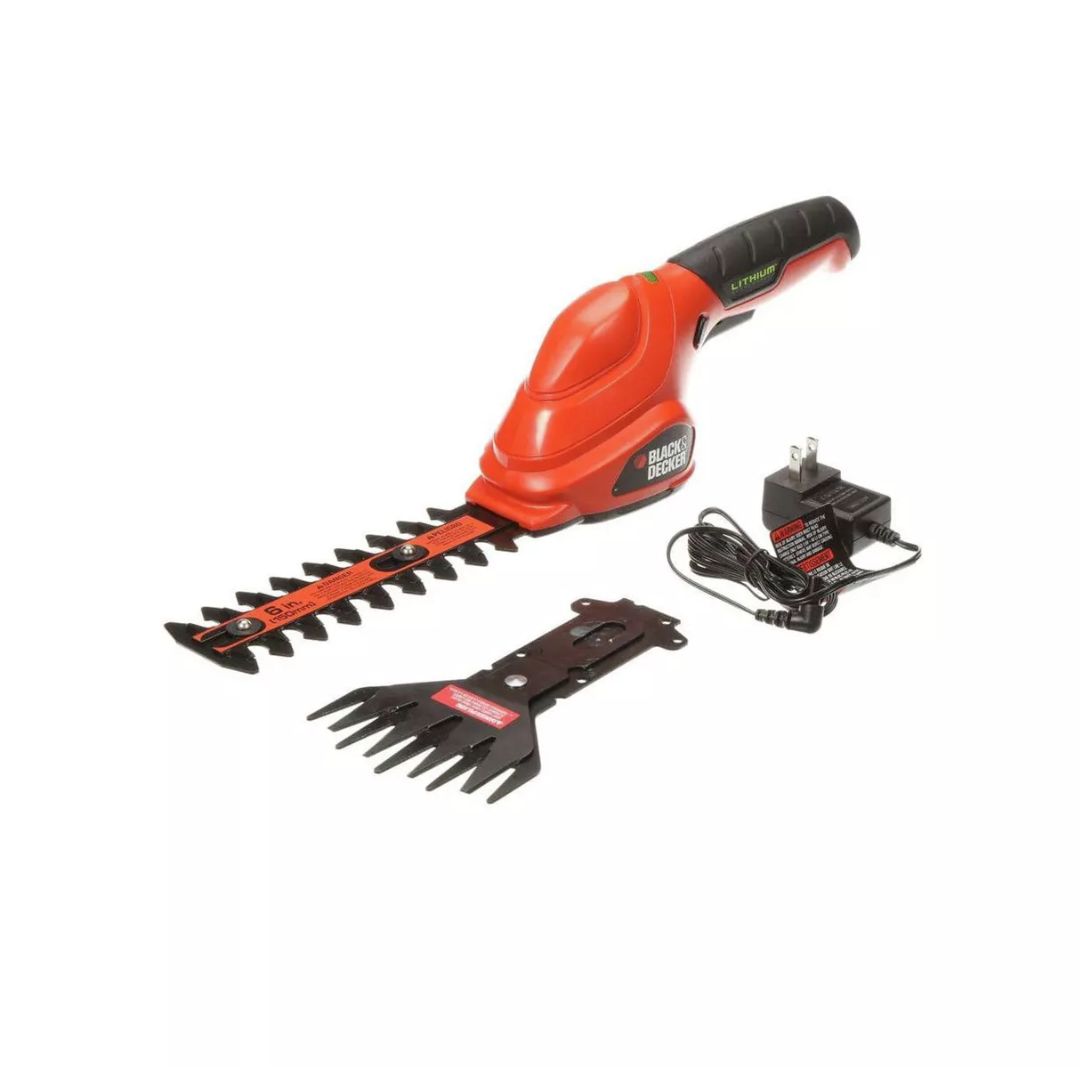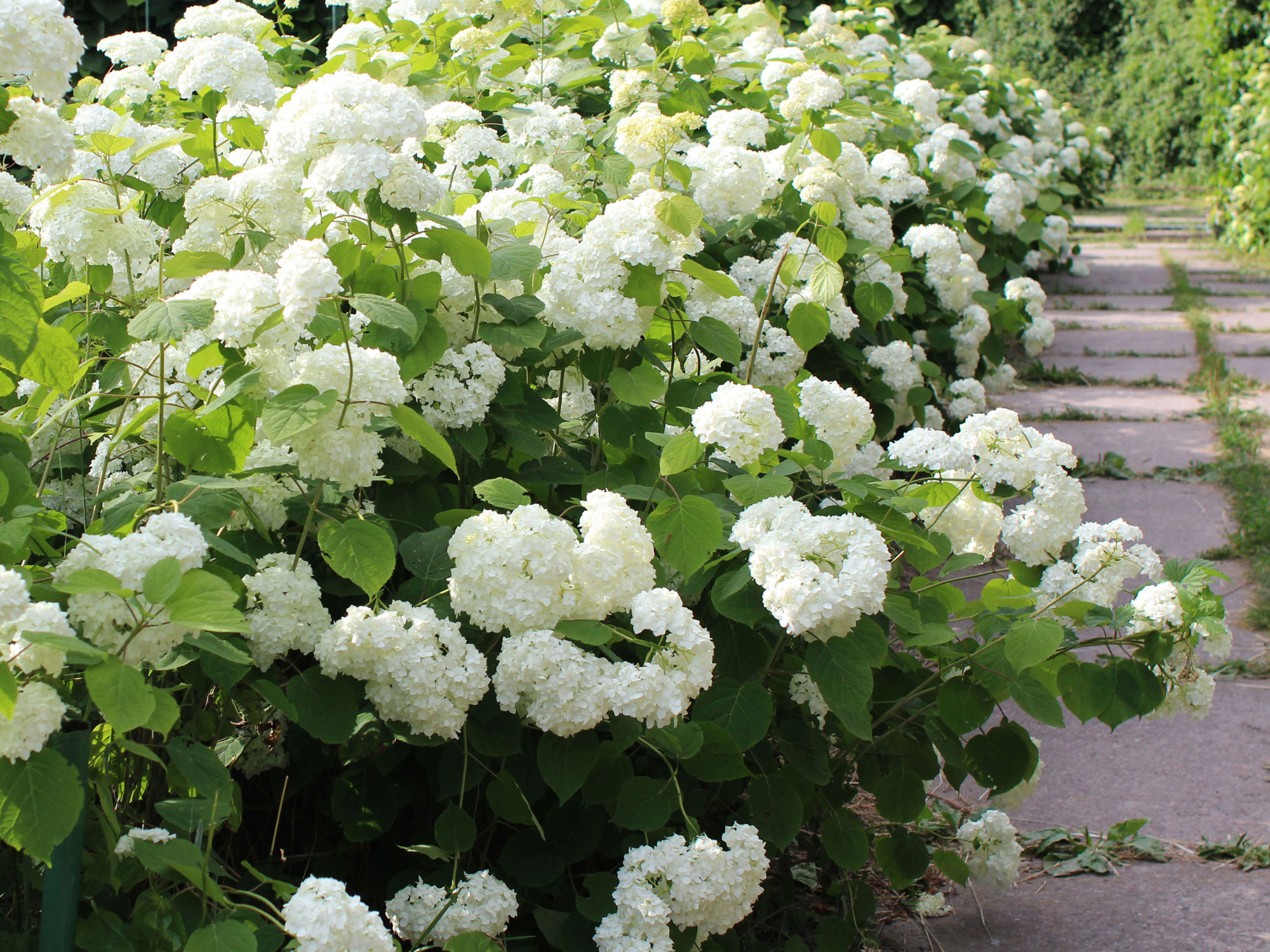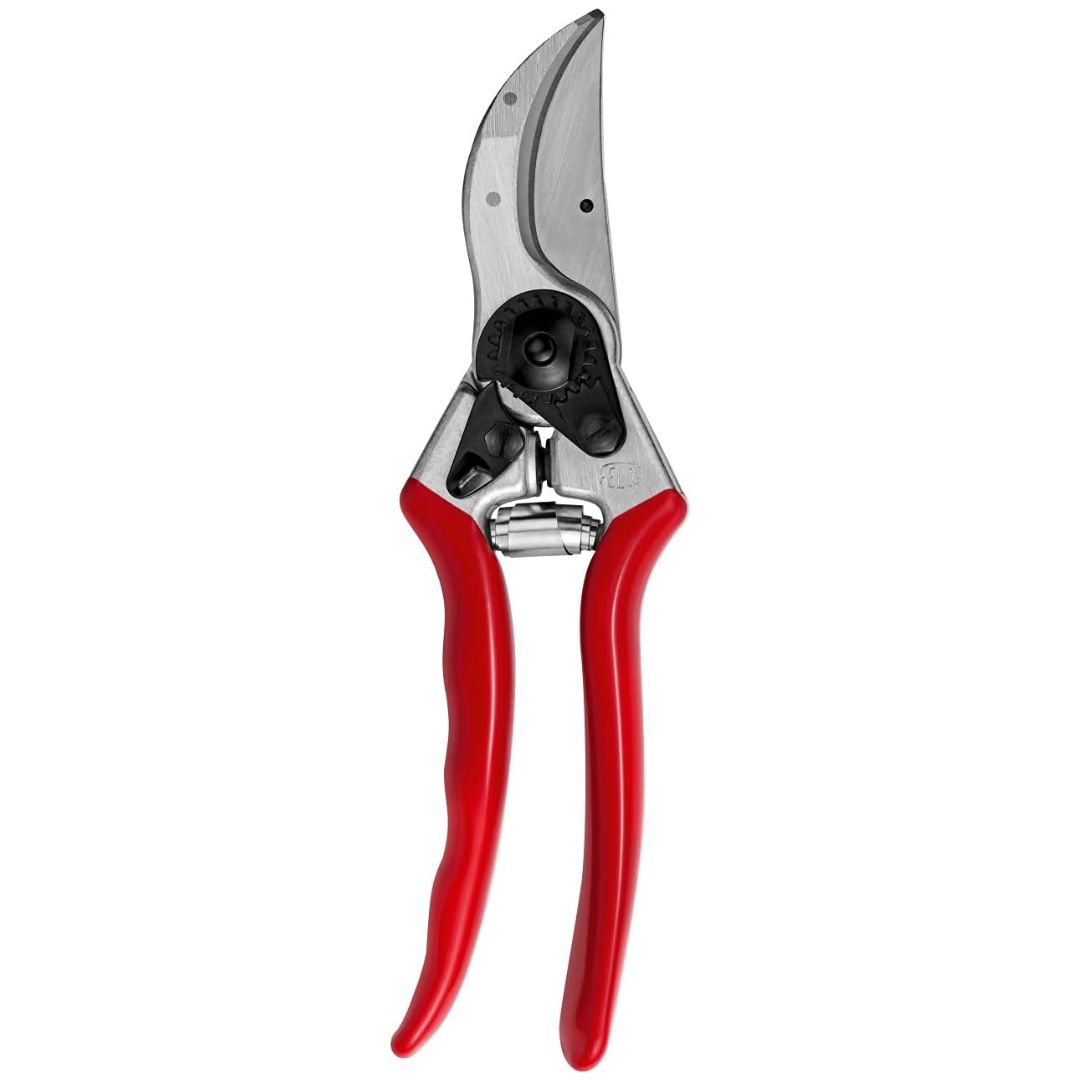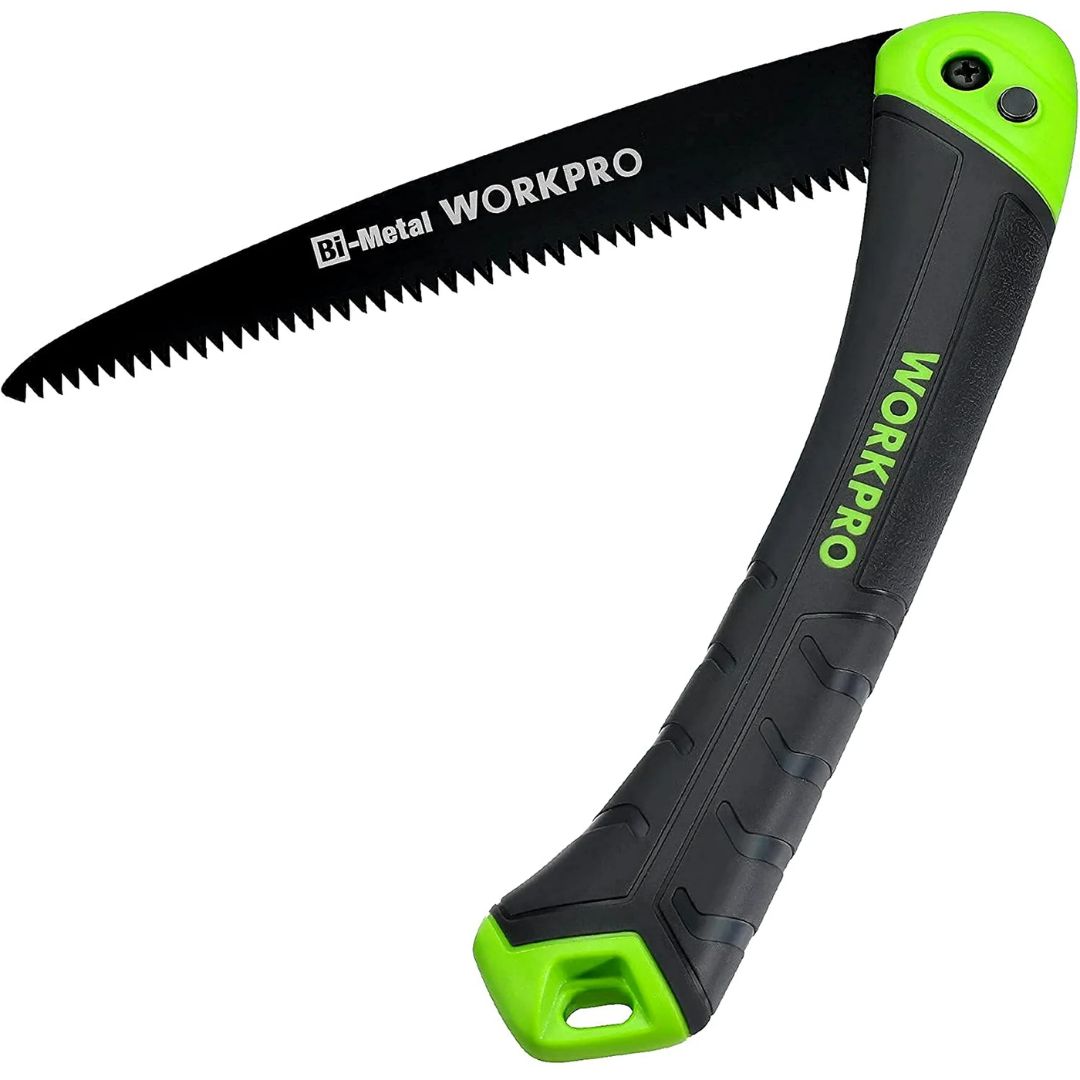How to Prune Plants the Right Way — 7 Expert Tips to Prepare Your Yard for Fall and Winter
The simple act of cutting back plants (correctly) can have a huge impact on how well they grow

By the time fall arrives lots of plants in your yard have probably taken on a decidedly wild look after a period of strong summer growth. This means it's time to get things smartened up before winter, especially as this time of year presents the perfect opportunity to prune so many varieties.
Fall is typically a key time of year for pruning shrubs. Treat plants to a trim now and this will keep things smart right through autumn and into spring. It will also help keep plants healthy, full of vigor, and in good shape, as you will remove any damaged or diseased stems and leaves. It means you can control and direct the new growth the way you want too. Done regularly, pruning also stops shrubs taking over your space, which is particularly important if your outdoor area is on the small side. It's amazing how much space you free up once you've tamed all those unruly branches.
Pruning also lets more light into the garden to benefit smaller plants that may have been stuck in the shade of bigger ones. A session with the pruning shears means more flower production too. Now find out how to prune plants so you can get comfortable with the basics and produce a professional-looking finish.
1. Grab Your Pruning Tools

If you want to achieve a professional-looking finish it's important you have the right pruning tools. In addition to pruning shears, you can consider using electric hedge trimmers, garden shears, loppers or handsaws for bigger jobs. Choose the tool you find most comfortable to work with.
"Different tools are readily available that are tailored for each requirement," says Ian Mendoza, certified plant expert from PlantIn . "For smaller plants and shrubs, you can use pruning shears and pruning saws. Larger shrubs may need hedge trimmers and hedge shears. For larger trees, you can use chainsaws and pole pruners/saws."
Always use tools that are sharp and rust free so you can make a clean cut without leaving jagged ends. Blunt tools can leave rough cuts that damage stems and create snags that are a haven for pests and disease.

Price: $53.46
Was: $92.99
This Black & Decker garden shear combo features a interchangeable blade which allows you to trim grass as well as pruning bushes and shrubs. This product comes with a shear blade, shrubber blade as well as built in battery and charger.
2. Learn About Your Plant

If you're wondering when to deadhead perennials and annuals, well the right time of year to prune varies according to the plant. Doing it at the wrong time probably won’t kill it but it could weaken it. But sometimes it’s unavoidable. If you see a stem damaged by high winds or being attacked by blight, it needs removing immediately.
The Livingetc newsletters are your inside source for what’s shaping interiors now - and what’s next. Discover trend forecasts, smart style ideas, and curated shopping inspiration that brings design to life. Subscribe today and stay ahead of the curve.
Fall is the time for deadheading and reshaping different varieties of deciduous shrubs in order to keep them healthy and in shape. Once the leaves have dropped off, their shape is revealed so it’s easy to see what needs to be chopped.
Evergreen shrubs need regular light trimming to keep things tidy but generally need very little pruning once established. This is usually done in spring or after flowering. "The best way to identify if a plant needs to be pruned or not in the fall is by determining its growth habit by the spring," says Ian Mendoza. "Plants naturally undergo dormancy during the winter, and the fall is a way for them to prepare."
Prune stems in the fall if the bloom is on new wood, to encourage new growth in spring. On the contrary, for plants that bloom on old wood, prune minimally just to control the growth. "Pruning smaller perennial plants also helps them achieve easier recovery in spring," continues Ian. "Plants such as clematis, peonies, salvia, yarrow, and irises are great examples of this."
3. Learn Some Quick Cutting Tips

It's time to get your gardening jobs in check and learn a few easy and quick cutting tips. There is a high concentration of plant hormones in the tips of shrubs you need to be aware of when pruning. If you trim away these tips, you allow the buds lower down to break open and grow, creating a bushier plant.
Cut just above a bud, at an angle sloping away from it, to let any moisture drain away rather than accumulating there. If you make a straight cut, this can let moisture in. Make sure you don’t leave a long stem above the bud as this can cause rot and damage. But cut too close to the bud and could damage it.
It's also a good idea to go easy around any new shoots. Generally when you see these, it means that it’s a bad time to prune, as removing them cuts down on the amount of energy a plant can generate to produce more growth. If you prune new shoots in fall, it may encourage a growth spurt of tender stems. These won’t have time to harden off if temperatures dip, and will be damaged and blackened by frost.
4. Thin Out Congested Branches

If you look at a plant and see a mass of dead twigs forming in the center you need to take action as this will spoil the look of the shrub, as well as not being good for its health as pests can make their home there. Cut these out, together with any woody stems that are crossing or lopsided.
It's also a good idea to thin out any densely packed stems to let in more light and air. These can be pruned any time in the dormant season, from fall through to February.
When pruning those flowers that bloom in the summer, a good rule is to aim to reduce the plant by about a third to prevent it growing too large, pruning out any damaged or dead wood and dense growth to let in light, plus tidying up any random shoots that spoil the shape.
5. Get a Professional Finish

"A professional finish in pruning can be achieved with careful consideration of growth patterns, future growth, and adjacent plants and structures," says Ian Mendoza. "For instance, a tree providing shade to a walkway may need to be pruned in the fall to boost growth during the following spring, but you need to consider which branch should be cut." Even those best fast growing trees for privacy and shade need some extra care and attention.
It's important to take into account the future growth patterns that will allow for specific branches to flourish during the spring. "A professional finish also has clean pruning cuts at a certain angle, at branch collars, that will allow for faster healing for the tree or plant," says Ian.
If you love the look of topiary with smartly clipped evergreens you will need to trim more often to keep it looking professional.
6. Take Your Time

It's tempting to go crazy when you start pruning as there's something so satisfying about snipping away dead twigs to show off the beauty of plants. Don’t get stuck in too hard without regularly pausing and stepping back to take an overview and check things are shaping up evenly.
This is important to stop yourself going too far and pruning more than is necessary so you have to put up with the shrub looking ugly and shorn for a few months until it recovers.
It's a good idea to start small, first taking out twigs and any dead or diseased sections then stopping to view your walk, before deciding to go in slightly harder. You are aiming for a shapely plant that doesn't look like it has been attacked. After pruning, start the mulching process by adding a layer of mulch and feed with a general purpose fertiliser to give your shrub a boost.
7. Clean Tools Thoroughly After Use

It’s important to clean your pruning shears or other gardening tools after use as sap residue will dull the sharpness of the blades. Wash carefully with soap and water after use. You can also use rubbing alcohol (70% isopropyl) to remove any stubborn marks, or coarse steel wool to deal with rust or other tough stains, then a finer grade of steel wool to restore the shine.
You can also use an antibacterial spray to disinfect pruning shears to avoid spreading diseases. "Clean dirt and debris off pruning shears and sharpen any dull blades," says Gardening exper Lindsey Chastain, founder and CEO of Waddle and Cluck. "Rub metal surfaces with a light coating of oil to prevent rusting. Store your tools in a dry covered area."
You can get tools sharpened professionally at the hardware store, or alternatively do this yourself using a sharpening stone. Cleaning tools properly is an important part of how to prune plants because if you don't follow the procedure to clean and sterilize tools every time you could cause damage to your plants.
It's as simple as that. As you begin to prune away your beloved shrubs, remember to tend to your backyard and check in every few days to see how your plants, blooms and your newly trimmed hedge is coming along.
Happy Pruning!
Lifestyle journalist Sarah Wilson writes about garden design and landscaping trends. She has studied introductory garden and landscape design, and also has an RHS Level 2 qualification in the Principles of Plant Growth and Development. She is a regular contributor to Livingetc.com, and also writes for Homes & Gardens, Country Living, Country Homes & Interiors, and Modern Gardens magazines. Her first job was at Elle magazine, during which time a trip to the beautiful La Colombe d'Or in St-Paul-de-Vence led to an interest in writing about all things botanical. Later as lifestyle editor at Country Homes & Interiors magazine one of the highlights were the run of captivating country gardens that were featured.

